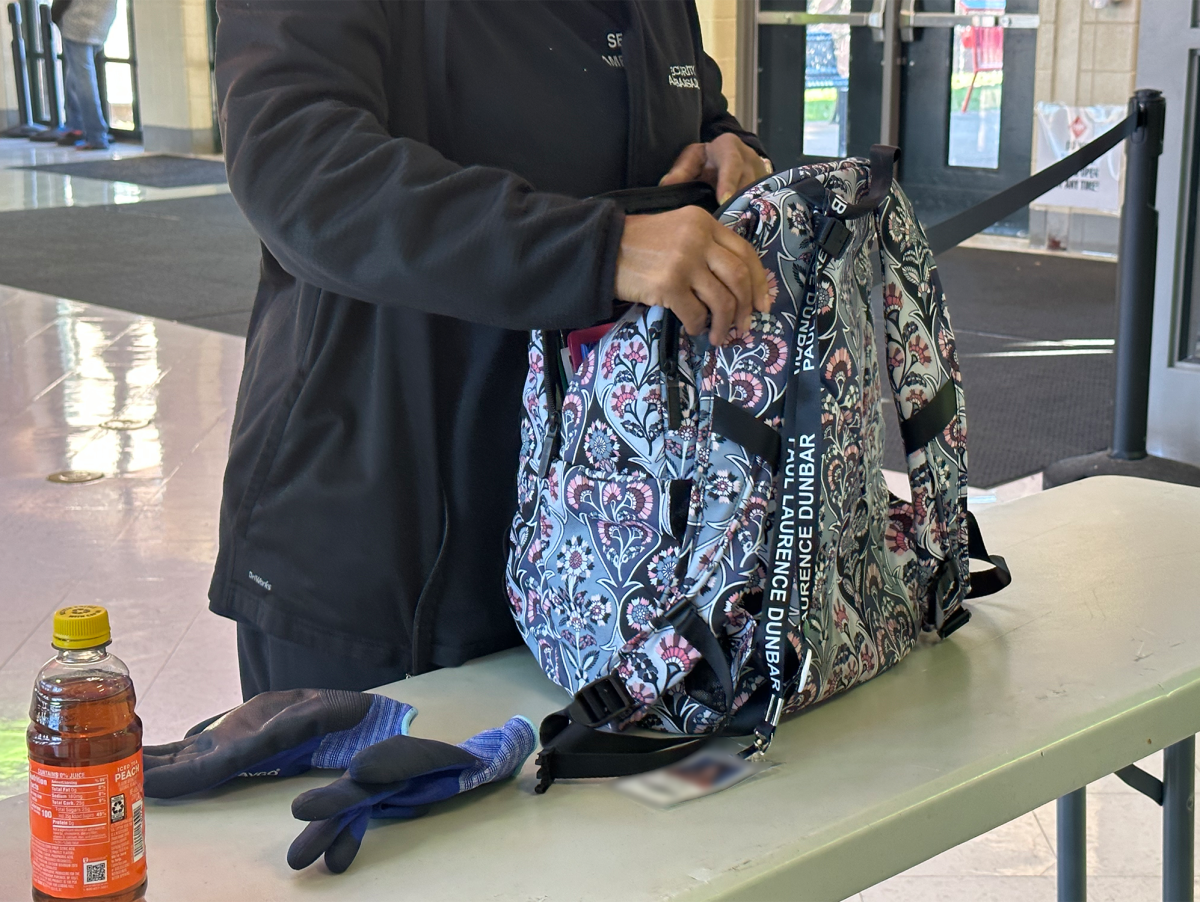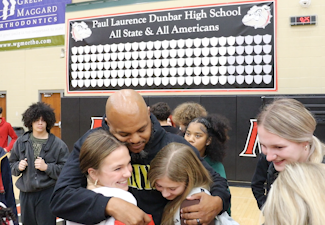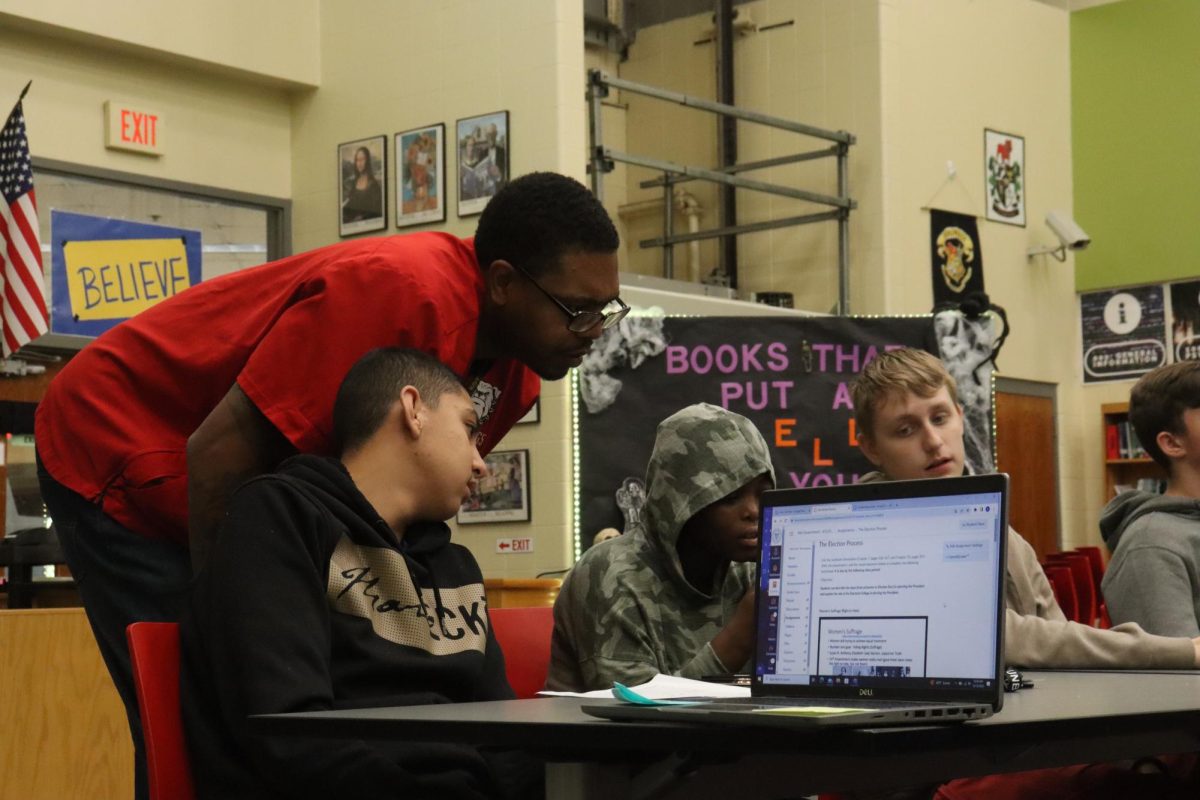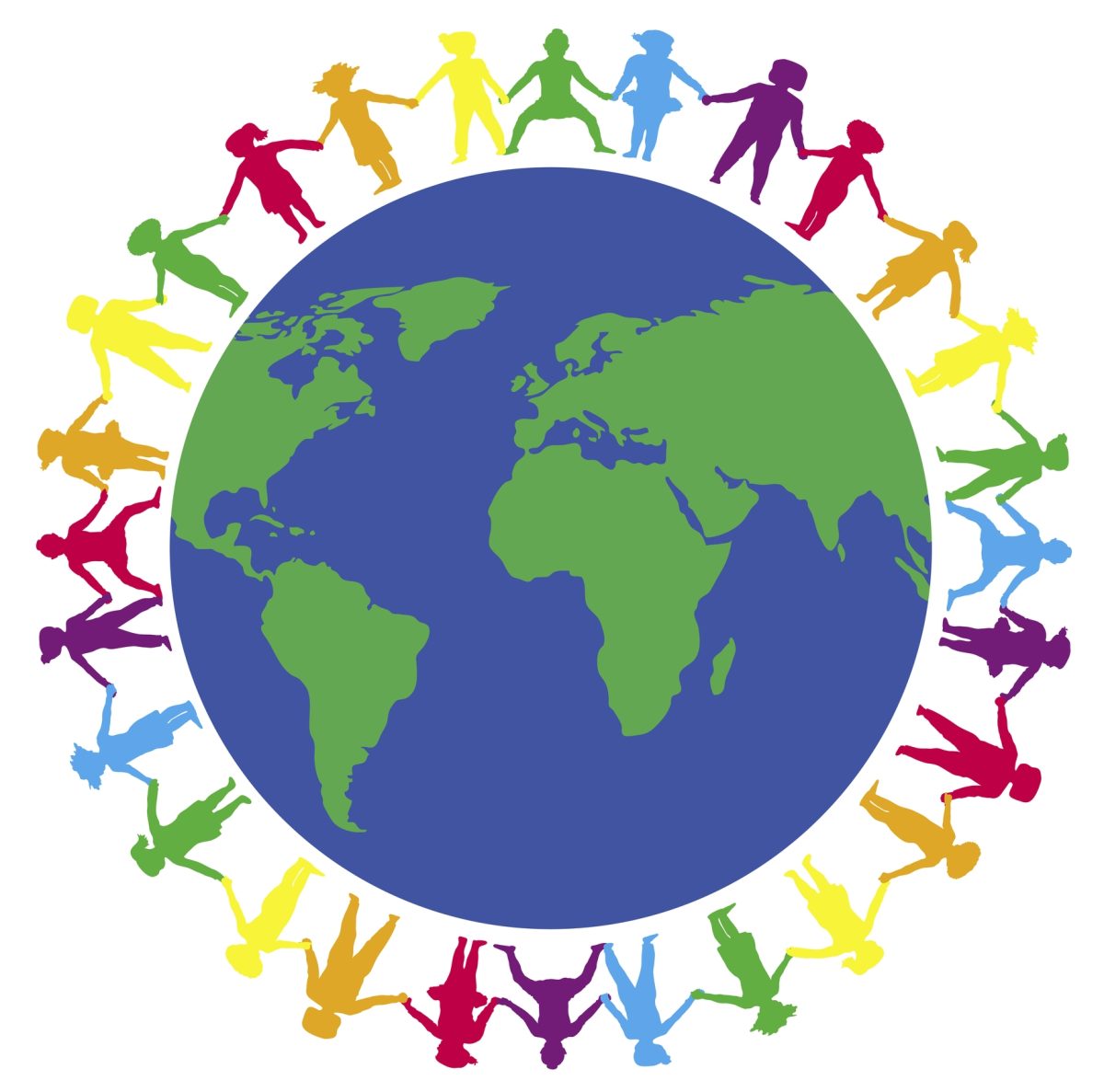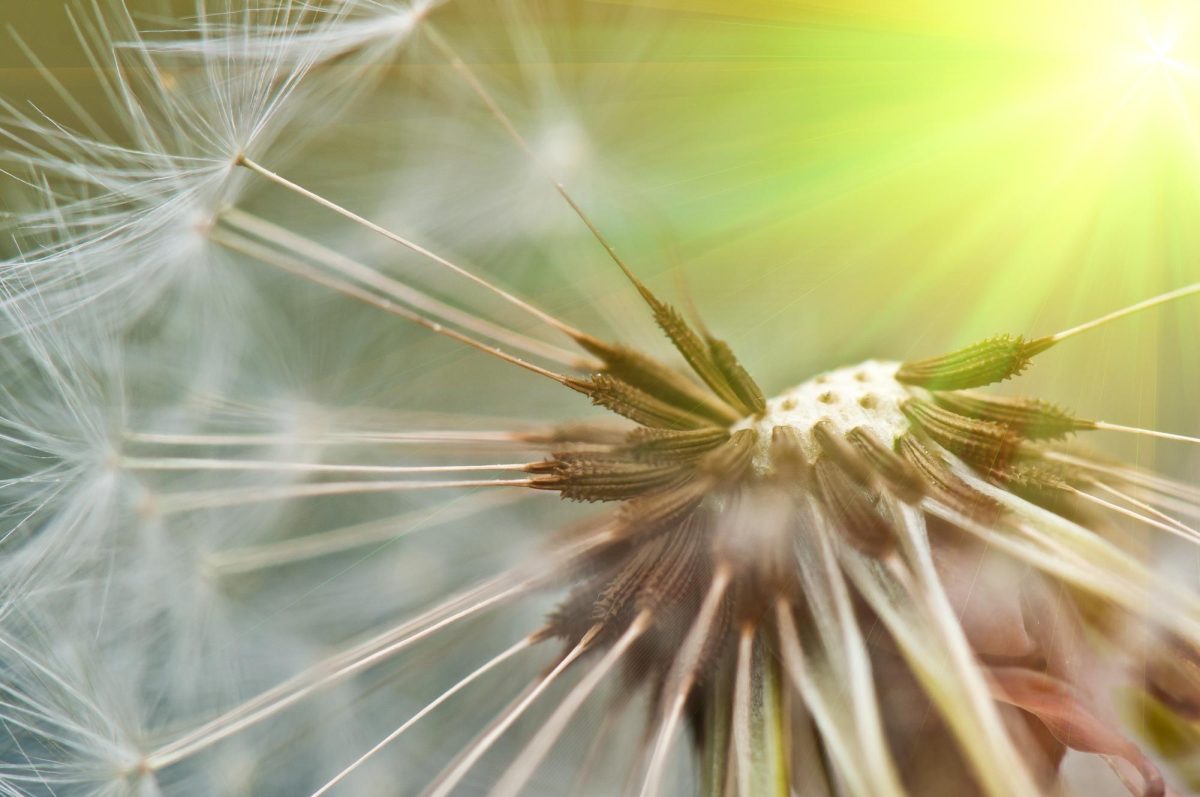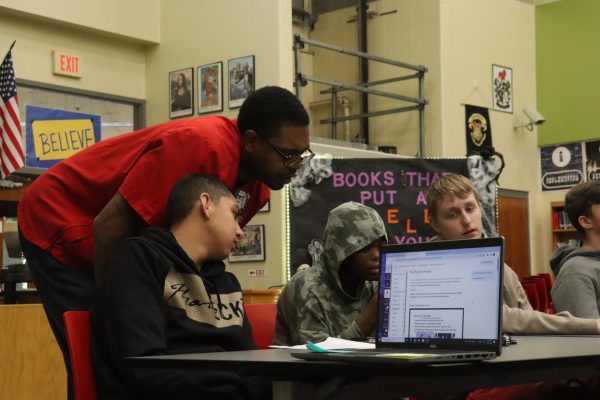Tips for Learning to Skateboard
With skateboarding becoming an Olympic sport in 2020, more people are interested in learning.
Skateboarding has been popular since the 1950s, but now that it will be an Olympic sport in 2020, more people are interested in learning.
Skateboarding sounds simple but it’s much more difficult than it seems and takes time and patience to learn.
Here are some tips:
Safety
When skating, you want to choose a board you feel most comfortable on. If you’re on a board that doesn’t feel right, you won’t be comfortable when you are riding.
You should also wear protective gear such as a helmet, wrist guards, knee pads, elbow pads, and closed-toe shoes. Vans are recommended because they are designed for skateboarding.
You should also choose a safe place to ride to prevent injuries, such as a smooth driveway. It’s also not advisable to skate in wet weather.
Falling
It is important to remember that you will fall, but there are ways to fall correctly without getting any serious injuries.
Instead of going stiff, you should try to land on more fleshy parts of your body instead of your arms or hands. If you crouch down as you’re falling, you won’t fall as far.
A two-point fall is when you try to fall forward on your knees. With kneepads, this is a safe way to fall without hurting yourself. Falling backward is when you are most likely to get hurt.
Benefits
Even though skateboarding can be dangerous there are many benefits to it. After learning how to ride, you can practice doing easy tricks to start out. Then progress into more difficult tricks.
Through the process, it can boost your confidence in achieving a new trick and can lower stress and anxiety levels. Just riding and enjoying your surroundings can even feel serene.
“When you skateboard, you feel happy and free. And my friend’s skateboard so it’s fun to do with them,” said Junior Jackson Williamson. Skating by yourself is relaxing but doing it with other people can be more exciting.
Skateboarding is also a really great workout. It offers a full-body workout by moving your feet and legs, and arms to help balance.
“Depending on the intensity of the skate, the average person will burn 150-500 calories per hour,” said Health Fitness Revolution. Skating can also help with coordination, patience, and can help lower your blood pressure.
Tricks
I’ve only been skating for about five months and the only trick I can do is a small ollie.
I skateboard almost every week, if not every day, so when I say you need patience, this is what I’m talking about. It can be different for everyone, some can learn in about a month or two, sometimes longer.
Types of tricks include a “pop shuv.” This involves making the board spin 189 degrees without the tail of the board hitting the ground.
A kickflip involves jumping vertically then using your front foot to kick the board so that it spins in the air before you land.
The ollie requires you to put your back foot on the back of the board and your front a little past the middle. Use your back foot to push the board and once in the air, quickly move your front foot to the front of the board before you land.
Skateparks are popular places to do tricks. They provide a safe place to skate rather than just skating in the streets and risk getting hit by a car. They can also help with learning more advanced tricks by using what’s available in the area.
There are myths about how skateparks are breeding grounds for crime, but it actually helps keep children out of trouble by giving them something exciting to do. Having them also reduces damage to private property. Without one, people would skate all around the city and could cause damage.
In short, skateboarding is a rewarding sport that requires patience and skill. Even though it can be dangerous, doing it safely with common safety gear is an easy preventative. So get out there and start skating.
Hi my name is Kylie, I am a Junior at Dunbar and this is my second year on staff. I joined after my friends told me about how interesting the class was...


